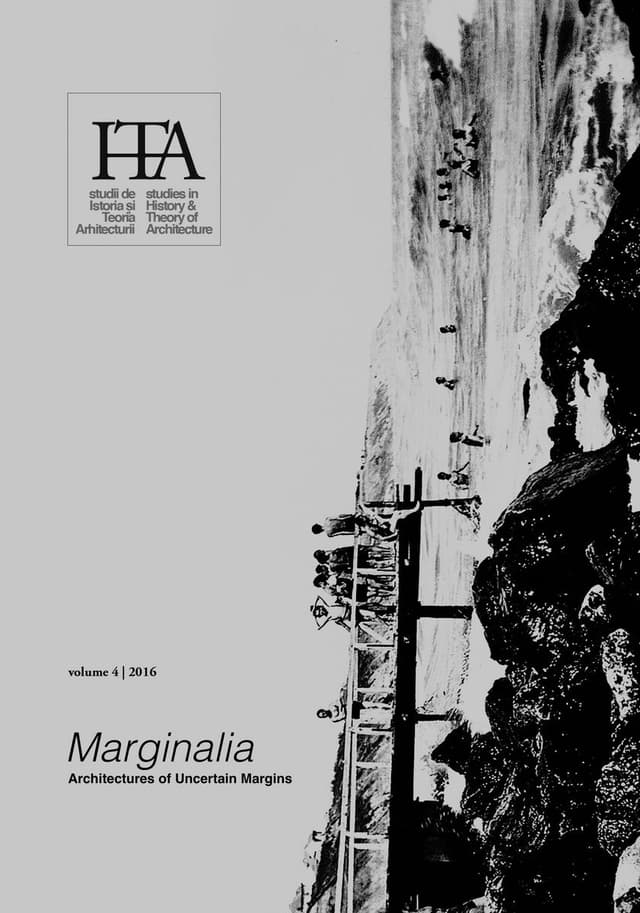The Monastery of Curtea de Argeș and Romanian Architectural Heritage in the Late 19th Century
by
Cosmin Minea
Keywords
Curtea de Argeș
Byzantine architecture
Romanian architecture
“National Style”
André Lecomte du Noüy
The first attempts at defining what was perceived in the 19th century as a “Romanian” architectural style and at creating a national architectural heritage had at the forefront the 16th century monastery of Curtea de Argeș. Its 19th century discovery in the first modern architectural studies, its display in world exhibitions and finally its restoration illustrate how old monuments in Romania came to be used as proof and visual illustration of the country’s national history and thus as symbols of the new state. The paper aims to show that architecture gradually came to prominence in the process of nation-building through the example of Curtea de Argeș and, at the same time aims, to draw a new light on the way in which national ideologies are constructed. The example of the architectural heritage reveals a dual impetus from both local and foreign actors, events or publications, proving how national histories and ideologies are constructed at the borderline between foreign ideas and actors, on the one hand, and local decision-makers, on the other. The paper looks at Curtea de Argeș monastery as the central subject to a number of events and publications from mid to late 19th century. It starts with the first art history study on an artwork from Romania, the volume on Curtea de Argeș by the Habsburg scholar Ludwig Reissenberger. Reissenberger’s work raised awareness of the architectural heritage, stirred debates and responses from the Romanian intellectuals like, for instance, the writings on architecture of Dimitrie Berindei and Alexandru Odobescu. All these three works have only been briefly mentioned in the literature and are for the first time considered at length. The next part culminates with the display of Curtea de Argeș at the 1867 Paris Universal Exhibition where for the first time the monument stood as a symbol of the new Romanian state. In the final chapter the paper looks at the long but lavish restoration of Curtea de Argeș. Carried out between 1875-1886 by the French architect Andre Lecomte du Noüy, it marked the moment when the monastery became the landmark of the new Romanian state. The paper concludes at the end of the 19th century when the Romanian architectural heritage began to take shape and fulfil its role as support for the national narrative and basis for the future National Style in architecture. Overall, the architectural heritage emergences at the crossroads of foreign and local inputs, involving writings, exhibitions, restorations and research, all focused around Curtea de Argeș Monastery.
Published in

Chicago citation style
DOI:
10.54508/sITA.4.13